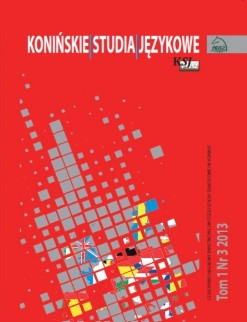The effect of viewing comprehension questions as video captions on test-takers’ performance and visual behavior in a second language test
The effect of viewing comprehension questions as video captions on test-takers’ performance and visual behavior in a second language test
Author(s): Juan Carlos Casañ-NúñezSubject(s): Foreign languages learning, Applied Linguistics, Cognitive Psychology, Behaviorism
Published by: Akademia Nauk Stosowanych w Koninie
Keywords: audiovisual comprehension; language teaching; language testing; listening comprehension; replication study;
Summary/Abstract: The complexity of while-viewing activities (listening, viewing, reading, and writing simultaneously) has been mostly ignored in the fields of teaching and testing L2 listening. To address this gap, an innovative technique has been proposed: the use of audiovisual comprehension questions imprinted in the video in the form of subtitles. In essence, questions appear on screen a few seconds ahead of the fragment to which they are associated, and they continue on screen until the end of the pertinent scene. This work reports on an approximate replication of Casañ-Núñez’s (2017c) study on this methodology. The original study researched if imprinted questions had an impact on second language students’ audiovisual comprehension test performance and what examinees thought about this technique. The aim of the replication study is twofold. Firstly, it was designed to confirm or not the results of the original study. Secondly, it investigates for the first time whether imprinted questions have an effect on second language learners’ viewing behavior with regard to the video image. As in the original study, imprinted questions do not have a statistically significant effect on test performance, but participants’ attitudes towards this technique are positive. The results also suggest that this technique could be an effective way of reducing the conflict of visual attention between watching a video and completing a written task simultaneously. Finally, the limitations of the study are addressed and some possible directions for future research are proposed.
Journal: Konińskie Studia Językowe
- Issue Year: 7/2019
- Issue No: 1
- Page Range: 75-98
- Page Count: 24
- Language: English

